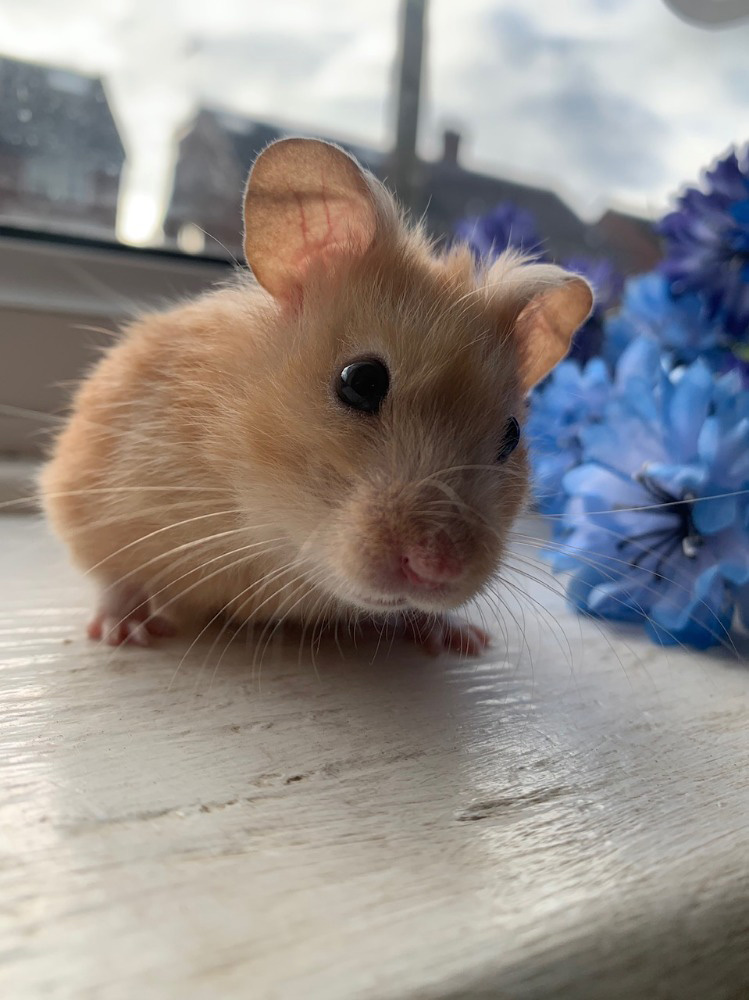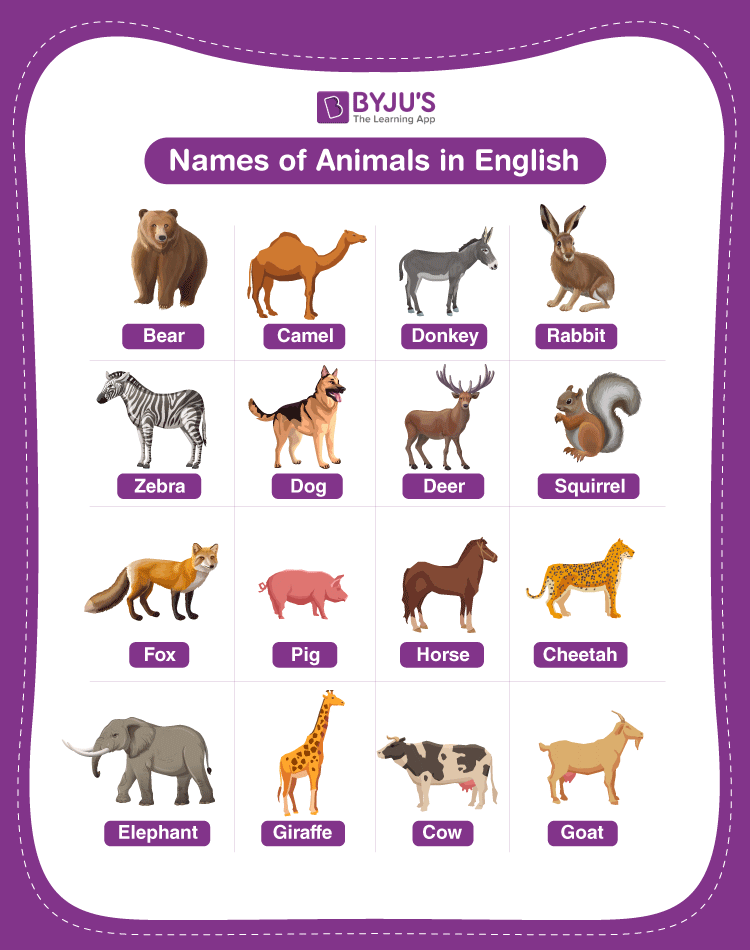Exploring Common Hamster Types
Hamsters are small, adorable creatures that make excellent pets for people of all ages. In this article, we will explore the most common hamster types, their characteristics, and how to care for them. Each hamster type has a unique personality and appearance, making it essential for potential owners to understand the differences before making a decision. Let’s dive into the world of hamsters and discover what makes each type special.
Syrian Hamster Characteristics
The **Syrian hamster**, also known as the golden hamster, is one of the most popular hamster breeds among pet owners. They are typically larger than other types, weighing between 4 to 7 ounces and growing up to 6 to 7 inches in length. Syrian hamsters are known for their distinctive colors, which can range from golden-brown to cream, as well as spotted varieties. These hamsters have a docile temperament, making them an excellent choice for first-time owners.

Behavior and Care of Syrian Hamsters
Syrian hamsters are generally solitary creatures; putting two together can lead to territorial disputes. They enjoy social interaction with humans and can be quite affectionate, often climbing onto their owner’s hands when given the chance. Proper care involves providing them with a spacious cage, bedding for burrowing, and a balanced diet that includes fresh fruits and vegetables. It’s important to provide them with a wheel for exercise and chew toys to prevent teeth overgrowth.
Unique Features of Syrian Hamsters
One of the unique features of the **Syrian hamster** is its cheek pouches, which they use to store food. This behavior is quite fascinating to observe. Additionally, they are crepuscular, meaning they are most active during dawn and dusk. Regular interaction during these times can enhance your bond. Keeping their habitat clean by changing bedding regularly is crucial for their health and well-being.
Dwarf Hamster Varieties
Dwarf hamsters come in several varieties, including the **Russian dwarf hamster**, **Campbell’s dwarf hamster**, and the **Chinese dwarf hamster**. Dwarf hamsters are smaller, usually measuring around 2 to 4 inches in length, and weigh significantly less than their Syrian counterparts. They have a compact build, making them agile and energetic pets.

Caring for Dwarf Hamsters
Dwarf hamsters are known for their social nature and can thrive when kept in pairs or small groups, given that they are introduced to one another properly. Their care requirements include a smaller but still enriched habitat, with tunnels, hiding spots, and plenty of chewable materials. Diet should consist of a specific hamster mix and occasional treats, ensuring they receive balanced nutrition to promote good health.
Common Behaviors of Dwarf Hamsters
Unlike Syrian hamsters, dwarf hamsters can exhibit vastly different behaviors. They are curious, active, and may often engage in playful antics. They enjoy running on wheels and navigating through tunnels, reflecting their burrowing nature. Observing their social habits can provide hours of entertainment and joy for pet owners.
Rare and Unique Hamster Types
While Syrian and dwarf hamsters are the most common types, there are rare varieties like the **Roborovski hamster** and the **Chinese hamster**. The Roborovski hamster is the smallest of the group, usually measuring about 2 inches in length, and has a lively nature. In contrast, the Chinese hamster features a longer body and a tail comparable to that of a mouse, giving it a unique appearance.

Caring for Rare Hamster Types
When caring for these rare breeds, it is important to note their specific habitat needs and diet preferences. For instance, Roborovski hamsters are very active and can jump high, so a taller cage may be required. In contrast, Chinese hamsters may be more territorial and do better when housed alone. Their diets should focus on seed mixes formulated for hamsters, supplemented by fresh fruits and vegetables.
Behavior and Socialization of Rare Hamsters
All in all, rare hamster species can be more challenging to handle due to their speed and agility. Engaging them with patience and ensuring a calm environment can help foster trust and allow you to observe their unique behaviors. Some might be more suitable for experienced owners due to their elusive nature. Understanding these nuances is key to having a great experience with these fascinating rodents.
Choosing the Right Hamster for You
When it comes to selecting the right hamster type, consider your lifestyle, housing capacity, and the level of interaction you want with your pet. **Syrian hamsters** are ideal for those who want a larger, interactive pet that enjoys human companionship. In contrast, **dwarf hamsters** may be more appropriate for busy families or individuals looking for a small, active companion.

Assessing Your Living Situation
Before bringing a hamster home, assess your living situation. Consider the space you can dedicate to a hamster cage, the time you can commit to handling your pet, and whether you’d like to adopt a solitary or social species. Each hamster type comes with its own needs, and making an informed choice will lead to a happy and fulfilling pet-owner relationship.
Cost Considerations
Lastly, consider the costs associated with pet ownership. Hamsters themselves are relatively inexpensive, but costs for cages, bedding, food, and toys can add up. Factor in ongoing supplies like food and regular vet visits for health check-ups. Understanding these aspects will help you provide an appropriate living situation for your hamster.
Key Takeaways
- Understand the unique traits of Syrian and dwarf hamsters before choosing.
- Regular care and clean habitats are crucial for all hamster types.
- Interactions and bonding time enhance the hamster-owner relationship.
- Budget and assess your living situation when adopting a new hamster.
FAQ
1. What is the lifespan of a hamster?
The lifespan of a hamster typically ranges from 2 to 3 years, depending on the species. Syrian hamsters tend to live longer than dwarf hamsters. To promote a longer life, ensure your hamster has a balanced diet, regular exercise, and proper habitat care.
2. How can I tell if my hamster is happy?
A happy hamster usually displays active behavior, such as running on their wheel, exploring their habitat, and interacting with their owners. Grooming, a good appetite, and a relaxed posture when resting are also signs that your hamster is content.
3. Is it better to get a male or female hamster?
Male and female hamsters can both make great pets, but personality traits may vary. Males tend to be more social and friendly, while females may be more territorial, especially in species like Syrian hamsters. Evaluate your preferences when selecting a hamster.
4. Can I keep hamsters together?
While some dwarf hamsters can be housed together, Syrian hamsters should always be kept alone due to their territorial nature. If you choose to house dwarf hamsters together, introduce them carefully to prevent aggressive behavior.
5. What kind of bedding is best for hamsters?
Safe bedding options for hamsters include aspen shavings or paper-based bedding. Avoid cedar and pine shavings, as they can be harmful to your pet’s respiratory system. Regularly cleaning the bedding will help maintain a healthy environment for your hamster.
6. Can hamsters eat fruits and vegetables?
Yes, **hamsters** can enjoy fruits and vegetables as treats, but these should be given in moderation. Some safe options include small pieces of apple, carrot, and cucumber. Always wash produce thoroughly and avoid giving them high-sugar fruits in excess.
7. How do I handle a hamster properly?
When handling a hamster, cup your hands gently around their body to prevent escape. Let your hamster sniff your hands first before picking them up. Avoid sudden movements and ensure they feel secure in your grasp. Regular, gentle handling will build trust between you and your pet.
